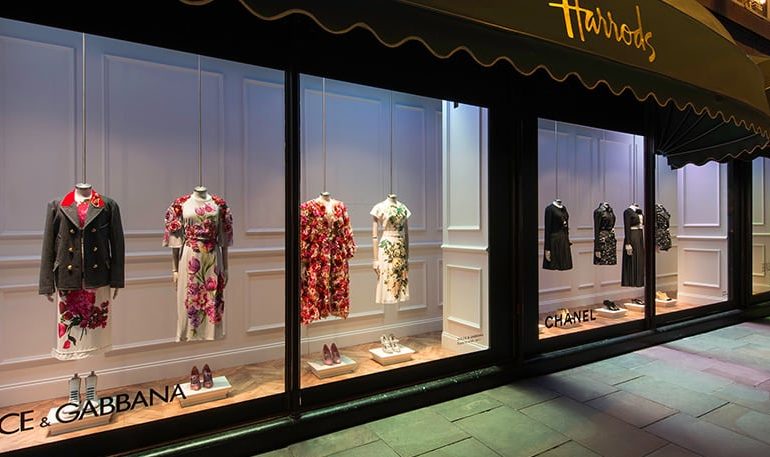Selective distribution is the most effective distribution strategy for high-end brands that want to set up a limited number of outlets in a particular geographical location. This is quite different from exclusive distribution (which can be a little too extreme) and is considered as a middle path approach to distribution.
This type of strategy works best when dealing with consumers that like to “shop around”. Or simply put, it’s ideal for customers who may have special brand preferences when they are purchasing a specific product.
Table of Contents
What is Selective Distribution?
For better clarity, selective distribution occurs when a company resorts to opening up a limited number of outlets in a specific geographical location.
Sure, this may sound restrictive at best but it actually helps the producer filter out the best-performing outlets. This yields better results and allows the company to put in all their focus effort (training facilities and resource) to better use.
It functions as a favorable alternative for manufacturing firms that would rather focus on a few outlets instead of dissipating their energies and resources on countless marginal ones.
Why do Companies opt for selection distribution strategies?
A selection distribution strategy allows companies to select appropriate outlets according to different locations.
Additionally, it’s highly beneficial for manufacturers since they’re able to choose price points based on their consumers. This eventually leads to a more personalized shopping experience that encourages consumers to come back again and again.
Selection Distribution Examples
Since this form of distribution caters to the needs of consumers of a specific geographical area, its best suited for companies that want to maintain quality. This is why it’s no surprise that luxury goods manufacturers often opt for selective distribution.
High-end companies that produce exceptional quality clothing and accessories are likely to use selective distribution. For example, you may find Dolce & Gabbana products in stores like Neiman Marcus but not at JC Penneys or Wal-Mart. This is done set standards and keep a close eye on distributors.
Exclusive distribution is a more extreme type of selection distribution. It usually involves just one or two distributors in a specific area.
Television, home appliances, and furniture brands are also popularly distributed using this method.
Selective Distribution Advantages and Disadvantages
Depending on the organization and its goals, selective distribution offers its own set of advantages and disadvantages.
Advantages of Selective distribution
Some major advantages include:
Optimum Market Coverage
Selective distribution allows companies to garner optimum market coverage, that too at a relatively lower price. Best of all, both new and existing firms can experiment with this alternative to see if they are able to get the best results.
Consumer Satisfaction
Since a number of distributors are handpicked by the company, consumers are likely to benefit from better quality services and products. Manufacturers also have better control in terms of how the product is handled by distributors.
This reduces the risk of fumbles, leading to increased consumer satisfaction.
Better Communication
Because there are only a few number of outlets to oversee, manufacturers are able to establish good working relationships with channel members. Better communication and coordination ultimately leads to an improved brand image which is what most leading companies desire.
Disadvantages of Selective distribution
On the flip side, here are a couple of disadvantages that are associated with selective distribution:
Decreased market penetration
Since products sold via selection distribution aren’t available everywhere, you may not be able to achieve increased market penetration. But of course, that depends on the goals of the organization.
Can lead to costly disputes
Disputes with distributors can lead to hefty losses. In this case, companies must ensure that there are no problems in communication and that all conflicts are resolved immediately.
For maximum results, companies should conduct a detailed market research. This’ll help determine what kind of distribution strategy would be best suited for their products.






